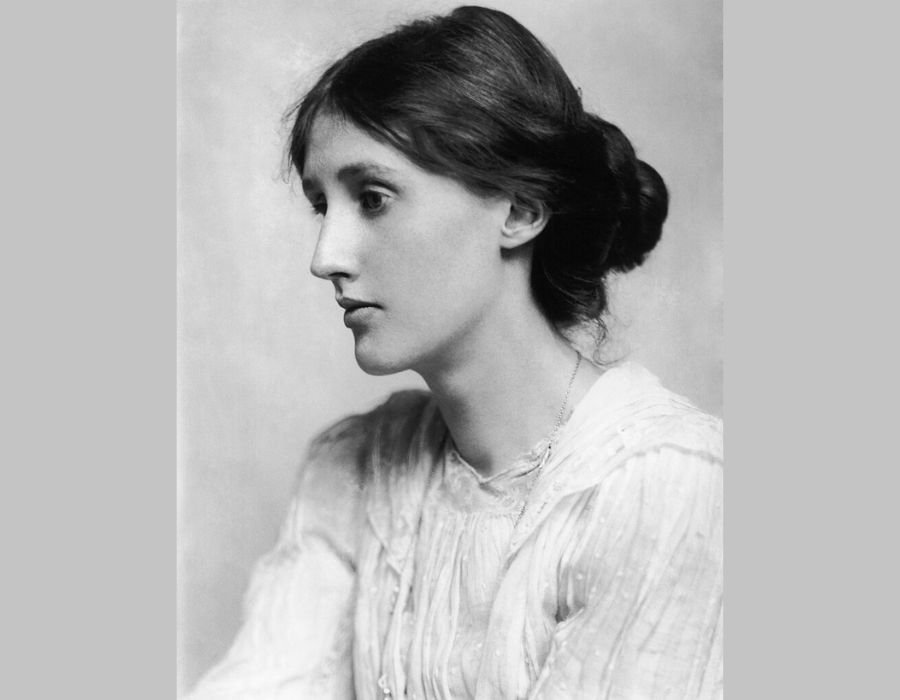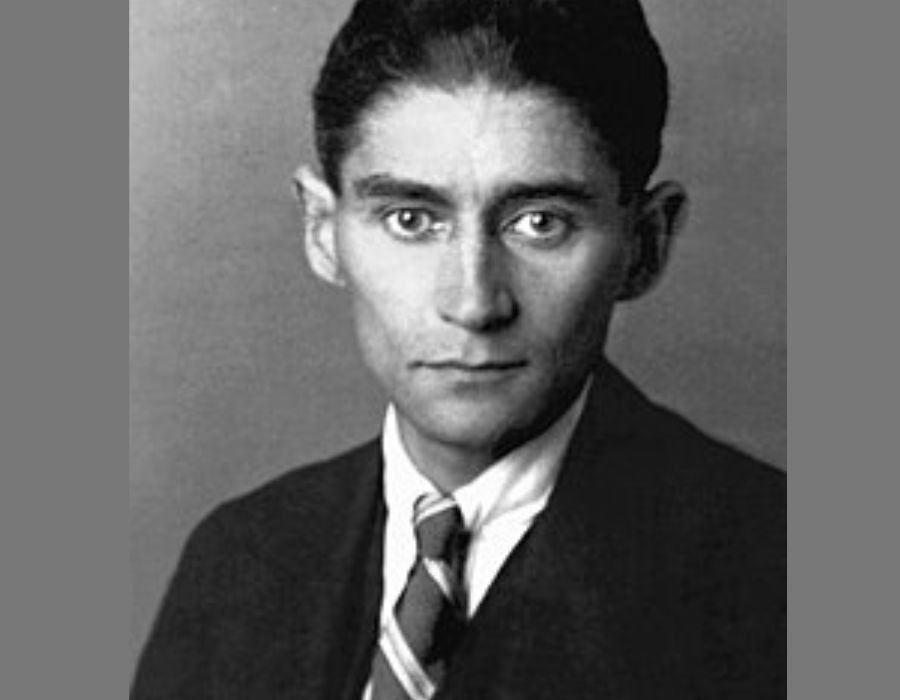The Austrian neurologist Sigmund Freud, who was born in 1856, is often referred to as the “father of modern psychology.” Freud is recognized by many as the father of psychoanalysis and revolutionized the understanding of the human mind. According to his theory, individuals are driven by an unconscious need to satisfy their wants for pleasure. His well-known views on psychosexual development, the unconscious mind, and defence mechanisms have had a lasting impact on literature. Freudian ideas were used by several well-known writers to develop complex characters, examine latent impulses, and highlight social problems.
Read More: Sigmund Freud and His Contributions in Psychology
Freudian Theories and Literature
The foundation of contemporary psychoanalysis was laid by Freud in The Interpretation of Dreams (1990) and Civilization and Its Discontents (1930). The concepts of conflicts, the unconscious mind, dreams as symbolic expressions, and conflicts between the id, ego, and superego resonate intensely with the writers seeking to explore the psychological depths of their characters.

1. Virginia Woolf and the Exploration of the Psyche
Virginia Woolf’s narrative style in works like Mrs. Dalloway (1925) and To the Lighthouse (1927) shows Freudian influence. She explores her characters’ inner lives as a modernist symbol, showing subconscious feelings and consciousness routes. Her keen interest in the layers of the human mind illustrates the fragmented nature of human thought and is similar to Freud’s division of the unconscious and unconscious.
The direction of Modernist and postmodernist writings was changed by Woolf’s spooky language, her insightful observations on a wide range of historical, political, feminist, and artistic concerns, and her revisionist experiments with novelistic form throughout the course of an extraordinarily productive career.
Characters in Woolf’s works often deal with internal conflicts brought on by suppressed urges or social expectations. For example, Septimus Warren Smith in Mrs. Dalloway represents a traumatized post-war mind, reflecting Freudian ideas of neuroses linked to past experiences.
2. James Joyce and Symbolism in Dreams
James Joyce incorporates Freudian dream analysis, especially in his masterpiece Ulysses (1922). The latent and evident information that Freud explains in dreams is reflected in Joyce’s use of symbolism and stream-of-consciousness writing. Resonating Freudian views of the unconscious, Leopold Bloom’s experiences often reflect suppressed urges, regret, and childhood memories.
Furthermore, Joyce’s examination of sexuality in Finnegans Wake and A Portrait of the Artist as a Young Man is in line with Freud’s ideas in Three Essays on the Theory of Sexuality (1905), which hold at human fears and desires combine to create intricate psychological dynamics.

3. Franz Kafka: The Burden of the Unconscious
Freudian themes of repression, guilt, and power are prominent throughout Kafka’s surreal and existential writings, including The Metamorphosis (1915) and The Trial (1925). One interpretation of The Metamorphosis’s protagonist Gregor Samsa’s metamorphosis into an insect is that it represents repressed fears of social isolation and familial responsibilities. Freud’s idea of the superego, which stands for internalized social norms, is reflected in Kafka’s characters, who are frequently subdued by invisible forces of control and judgment.
4. D.H. Lawrence and the Psychology of Sexuality
In books like Lady Chatterley’s Lover (1928) and Sons and Lovers (1913), D.H. Lawrence bluntly pores Freud’s views on the relationships between families and sexuality. The way the Oedipus complex, a key Freudian idea, is portrayed in Sons and Lovers is very noteworthy. Freud’s psychosexual stages can be observed in the protagonist Paul Morel’s attachment to his mother and tense relationship with his father.
Freud’s distinction between Eros (life instincts) and Thanatos (death instincts) is consistent with Lawrence’s examination of sexual emancipation and the conflict between intrinsic wants and social norms.
Read More: The Controversial Existence of the Oedipus Complex

5. T.S. Eliot and Symbolic Representation
The fragmented structure and analysis of hopelessness, desire, and identity in T.S. Eliot’s poetry, such as The Waste Land (1922), indicate Freudian undertones. Freud’s theories regarding the intrinsic discontent of civilization are reflected in Eliot’s portrayal of contemporary disillusionment and his frequent use of symbols to allude to underlying, unconscious conflicts. Echoing Freudian ideas of unconscious urges impacting artistic expression, Eliot highlights the value of working with the unconscious in his essay “Tradition and the Individual Talent”.
Freudian Influence Beyond Literature
Sigmund Freud’s ideas had a profound influence on fields including anthropology, sociology, film, and art that went well beyond literature. His multidisciplinary approach showed how psychoanalytic concepts might be applied to cultural practices, myths, and rituals, as was especially clear in works like Totem and Taboo (1913). Using psychoanalysis as a framework for analysing complicated social behaviours, anthropologists like Bronisław Malinowski used Freud’s theories to investigate taboos and kinship systems in various countries.
Freudian ideas about dreams and the unconscious were adopted by surrealist painters such as Salvador Dalí and Max Ernst. Borrowing directly from Freudian theories, Dalí’s surreal and frequently rightening imagery used symbolic forms to depict repressed desires and fears. Freudian psychology was nourished in the film industry as well. Freudian concepts were utilized by filmmakers like Alfred Hitchcock to create suspense and delve into the deeper motives of his protagonists. Movies like Spellbound and Psycho are rife with references to the unconscious, dream analysis, and repression.
Sociologists have also been influenced by Freud, as they study how unconscious motivations impact social norms and group behaviour. His theories provide a prism through which to view issues like leadership dynamics, public hysteria, and the psychological foundations of religious activities. Freudian concepts were reinterpreted in philosophy by scholars such as Jacques Lacan, who combined them with structuralism to develop a novel psychoanalytic framework for comprehending language and identity.
Criticism and Controversy
Freud’s notions have been heavily criticized throughout the years, despite his broad influence. Several researchers dispute the scientific legitimacy of psychoanalysis, claiming that Freud’s techniques lacked empirical rigour and mostly relied on anecdotal evidence. Karl Popper and other critics rejected psychoanalysis as unfalsifiable, arguing that its theories could not be investigated or refuted in a scientific setting.
Another point of contention has been Freud’s emphasis on sexuality as a primary factor in determining human behaviour. His theories have been criticized by some for being unduly reductionist and for linking a variety of psychological processes to sexual impulses. Freud has been criticized by feminist researchers in particular for maintaining patriarchal prejudices, citing ideas such as penis envy as reflecting gender conventions of his era rather than universal truths.
The ethical standards of Freud’s clinical practices are another controversial issue of his legacy. The validity of Freud’s case studies has been questioned in light of claims that he occasionally projected his conclusions onto his patients. Additionally, Freud has come under criticism for possibly ignoring patients’ actual experiences when he shifted his explanation of neuroses from concentrating on g urine trauma to highlighting repressed fantasies.
However, there is still discussion and interpretations surrounding Freud’s theories. Although some of his theories have been cleared up, others have developed and gained fresh applicability in disciplines including cognitive psychology, neuroscience, and cultural studies. His work continues to be fundamental, providing a basis for investigating the complexity of the human mind and how it interacts with society.
Conclusion
The way authors addressed issues, character development, and narrative structures was highly influenced by Freud’s psychoanalytic theories. His observations were used by writers like as Woolf, Joyce, Kafka, and Lawrence to create works that have depth and psychological complexity. Even though Freud’s theories have changed and come under investigation, their impact on literature highlights their enduring appeal by offering a prism through which one can analyse the complexities of the mind and the conflicts that characterize the human condition.
References +
- Jay, M. E. (2024, December 3). Sigmund Freud | Biography, Theories, Psychology, Books, Works, & Facts. Encyclopedia Britannica. https://www.britannica.com/biography/Sigmund-Freud
- MSEd, K. C. (2023, August 15). Influential books by Sigmund Freud. Verywell Mind. https://www.verywellmind.com/books-by-sigmund-freud-2795862













Leave feedback about this